Crude oil futures - Weekly outlook: July 22 - 26
New York-traded crude oil futures ended Friday’s session at the highest level since March 2012, amid indications of improving demand from the U.S. and after Federal Reserve Chairman Ben Bernanke said that the central bank will maintain its easy monetary policy for the foreseeable future.
On the New York Mercantile Exchange, light sweet crude futures for delivery in September rose 0.4% Friday to settle the week at USD108.23 a barrel by close of trade.
Earlier in the day, New York-traded oil prices rose to a session high of USD108.92 a barrel, the strongest level since March 3, 2012.
On the week, Nymex oil futures advanced 2.1%, the fourth consecutive weekly gain. The U.S. benchmark has rallied nearly 14% over the past four weeks.
Appetite for riskier assets improved after Bernanke said in testimony to Congress that there was no set timeline for the central bank to withdraw its stimulus measures.
Bernanke said the central bank could scale back its asset purchases by the end of the year if the economy continues to improve, but added that there was no “preset course.”
The Fed Chairman added that the economic recovery was continuing at a moderate pace and that monetary policy will remain accommodative for the foreseeable future.
The Fed’s stimulus program is viewed by many investors as a key driver in boosting the price of commodities as it tends to depress the value of the dollar.
Oil prices were also supported after Wednesday’s bullish U.S. inventory report showed that crude oil inventories fell by 6.9 million barrels last week, compared to expectations for a decline of 2 million barrels.
Crude supplies in the U.S. are down 27.1 million barrels in three weeks ended July 12, the most in weekly statistics dating back to 1982.
In the week ahead, the U.S. is to publish data on the housing sector and manufacturing to further gauge the strength of the U.S. economy.
The U.S. is the world’s biggest oil consuming country, responsible for almost 22% of global oil demand.
Market players will also be looking ahead to Wednesday’s data on Chinese manufacturing activity, amid ongoing concerns over the country’s economic outlook.
China’s central bank said on Friday it was removing the lower limit on interest rates for banks, to help lenders attract more borrowers and spur economic activity.
China is the world's second largest oil consumer after the U.S. and has been the engine of strengthening demand.
Elsewhere, on the ICE Futures Exchange in London, Brent oil futures for September delivery shed 0.2% on Friday to settle the week at USD108.48 a barrel.
The London-traded Brent contract lost 0.3% over the week, while the spread between the Brent and the crude contracts stood at USD0.25 a barrel by close of trade on Friday.
Earlier in the session, U.S. crude for September delivery reached a USD0.05 premium over Brent for the first time since October 2010. As recently as February of this year, London-traded Brent was at a USD23 premium over U.S. crude.
The gap between the contracts has been on a downward trend in recent months, amid an improving production outlook in the North Sea and indications of declining stockpiles at Cushing, Oklahoma, the delivery point for Nymex oil futures.
Stocks at Cushing have fallen to 46 million barrels from 52 million in January.


 5Likes
5Likes LinkBack URL
LinkBack URL About LinkBacks
About LinkBacks










 Reply With Quote
Reply With Quote
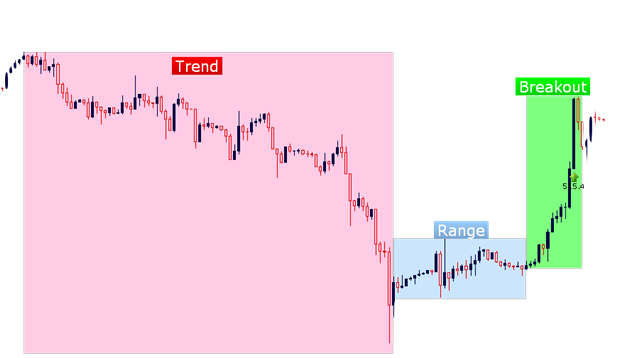

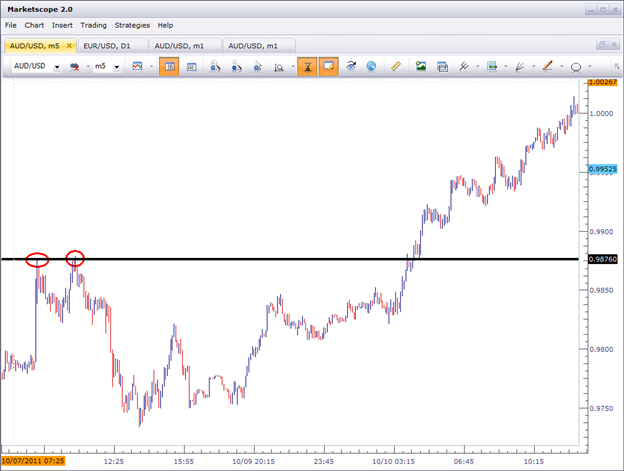

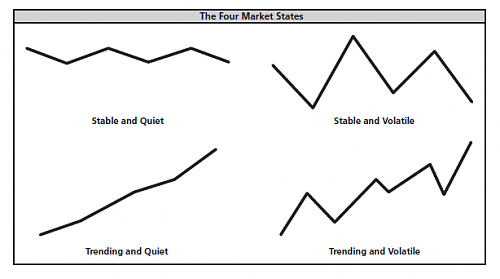
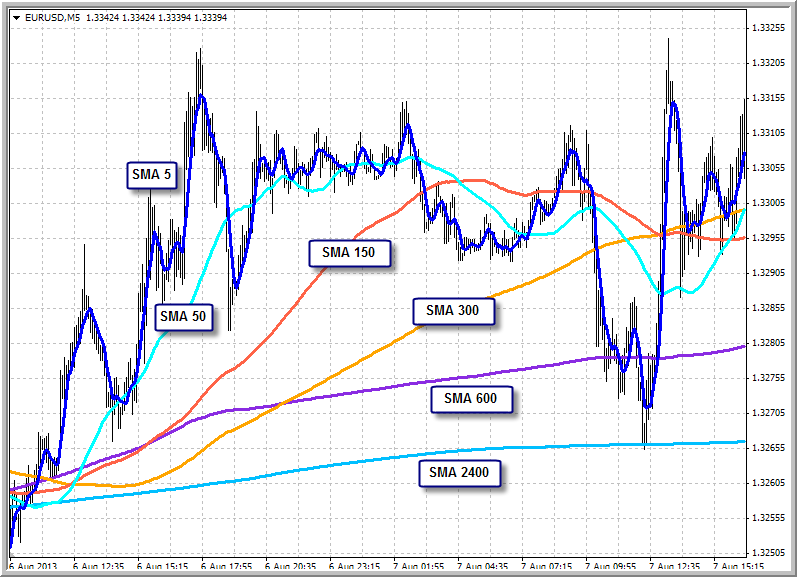
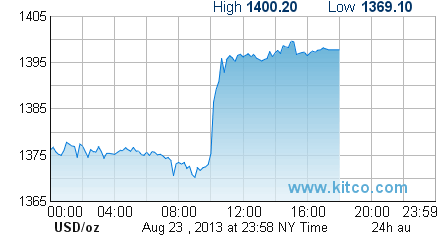
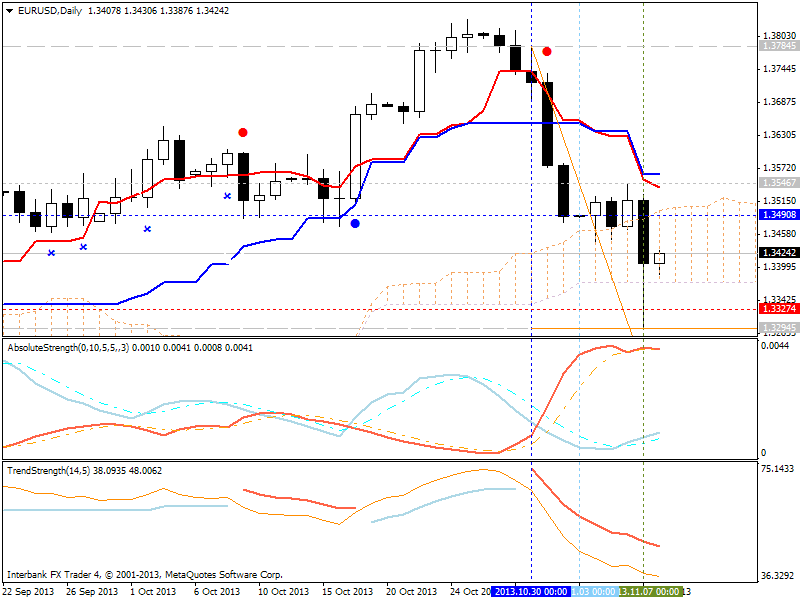
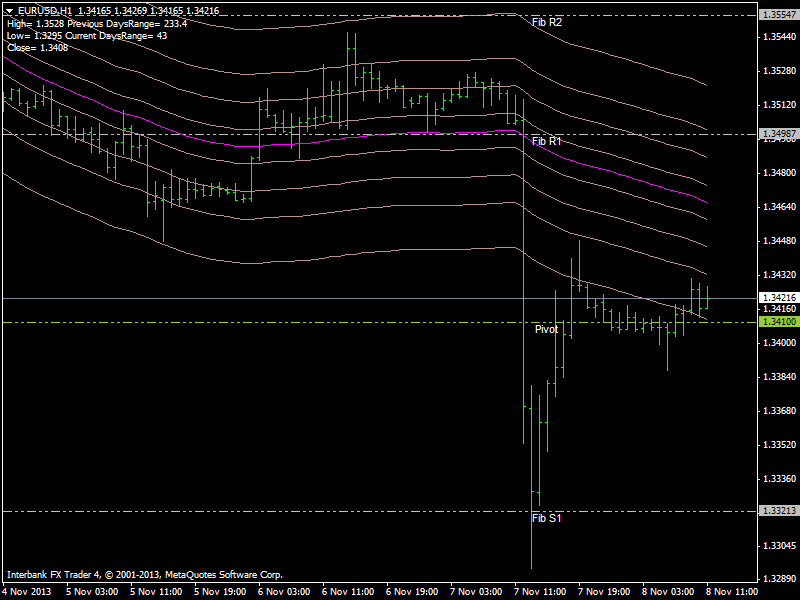
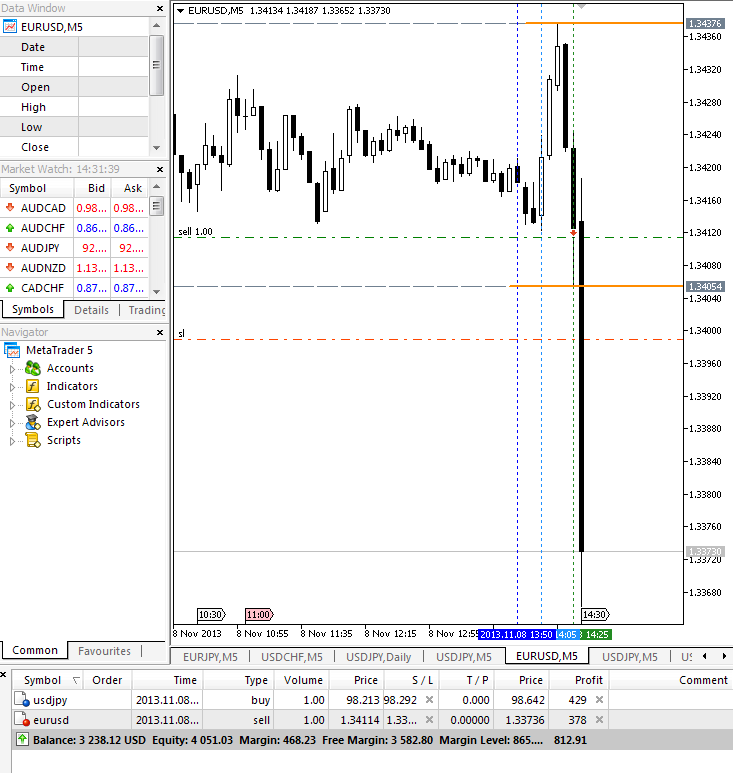


Bookmarks